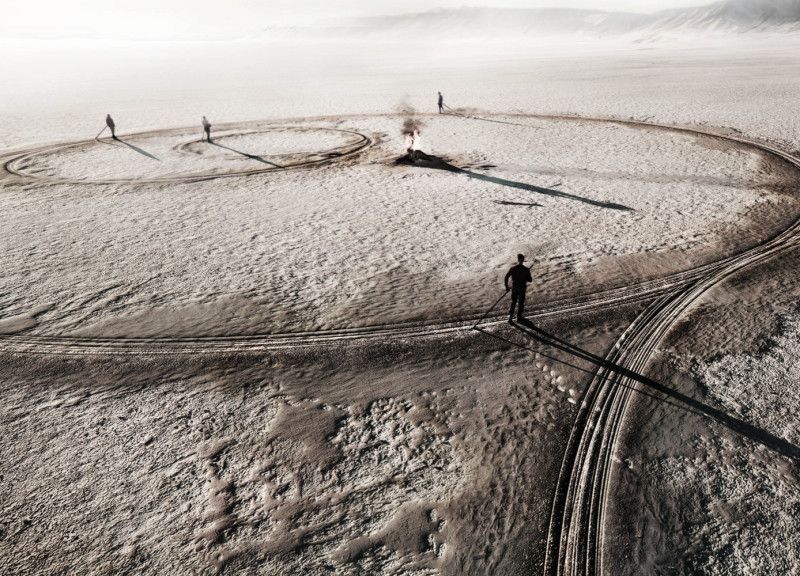5 key facts about this project
At first glance, the project presents a harmonious composition characterized by clean lines and a balanced interplay of materials. The façade features a combination of local stone and glass, creating a visual connection to the natural landscape and surroundings, while also allowing for ample natural light to permeate the interiors. The use of glass not only promotes transparency but also fosters a sense of openness between the indoor spaces and the outside environment. This approach encourages users to engage with nature, blurring the boundaries of inside and outside living.
One of the notable features of the design is its thoughtful layout. The project comprises several interconnected volumes, which thoughtfully delineate public and private areas without disrupting the flow of movement. The strategic placement of amenities, such as shared lounges, green rooftops, and community gardens, enhances social interaction among residents and visitors alike. The grounding of the structure is achieved through a careful selection of materials that are both durable and visually appealing.
Inside the facility, the use of space reflects a user-centered design philosophy. Open-plan living areas allow for adaptability, accommodating different lifestyles while maintaining a sense of continuity throughout the spaces. The integration of sustainable building practices is evident in the selection of materials and construction methods, prioritizing energy efficiency and minimized ecological impact. Features such as rainwater harvesting systems and solar panels are seamlessly incorporated into the design, representing a commitment to sustainability and environmental stewardship.
In discussing unique design approaches, the project stands out for its emphasis on vertical green walls, which not only enhance the aesthetic value of the structure but also contribute to improved air quality and biodiversity. These green elements serve as living art pieces, inviting nature into the urban environment and providing a refuge for local wildlife. Furthermore, the design incorporates passive cooling strategies, utilizing cross-ventilation and shading devices to reduce energy consumption, thus reflecting a holistic understanding of architecture as a means to address contemporary challenges.
The project’s roof is designed for multifunctional use, equipped with spaces for gardens, gathering areas, and even outdoor fitness zones. This feature enhances the building’s role as a community hub, encouraging social activities and promoting well-being among its users. Such a design approach dovetails with the increasing demand for urban spaces that prioritize wellness and community engagement.
Overall, this architectural design not only achieves a functional purpose but also serves as a beacon of thoughtful design, responding to both the needs of its inhabitants and the broader environmental context. The cohesive integration of architectural ideas, sustainable practices, and community-focused amenities makes this project a noteworthy example of contemporary architecture. Those interested in exploring architectural plans, architectural sections, and detailed architectural designs will find further insights by delving deeper into the project presentation, where the full scope of these architectural ideas is elaborated. Engaging with the visual and technical aspects of the project will provide a more comprehensive understanding of its underlying principles and design intentions.


 Sotirios Ntzoufras,
Sotirios Ntzoufras, 




















